Tucked away in the breathtaking hills of Calabria, the small town of Stilo guards one of Italy’s most precious Byzantine treasures. When I wandered through Southern Italy, I stumbled upon this gem, where ancient history seems to whisper from every stone.
The Cattolica di Stilo, a small Byzantine church from the 9th or 10th century, stands as a remarkably preserved testament to the region’s rich religious heritage and the deep Byzantine influence that shaped Calabria’s cultural identity.

Walking through Stilo honestly feels like stepping into another era. The Byzantine soul of Calabria comes alive in the tiny details of the architecture, showing how those ancient craftspeople poured meaning into every little element.
The red brick domes of the Cattolica rise against the hillside, creating a scene that’s looked almost the same for over a thousand years.
As I explored the region, I realized that Byzantine jewelry, art, and architecture weren’t just for show—they carried deep symbolic meaning. When you visit Stilo, you’re not just looking at an old church. You’re connecting with the Eastern Roman Empire that once shaped this whole Mediterranean landscape.
The nearby Abbey of Santa Maria del Patire, another Romanesque-Byzantine masterpiece, adds to the area’s appeal. If you’re into ancient religious heritage or just want to find beauty away from the crowds, this spot is a must.
Discovering Stilo: Where History and Landscape Meet
Stilo sits quietly in the hills of Calabria, blending Byzantine heritage with some of the most stunning natural surroundings I’ve ever seen. The town’s position offers breathtaking views, and its ancient roots tell stories of Greek settlers and Byzantine monks.
Stilo’s Setting in Calabria
I found Stilo tucked into the hills of Calabria, a region that’s honestly underrated. The town sits on the eastern slopes of the Calabrian mountains, with a dramatic backdrop against the bright blue sky.
Calabria forms the “toe” of Italy’s boot, and Stilo holds a strategic spot that’s attracted settlers for ages. The town’s origins go back to the coastal city of Caulonia from Magna Graecia, when Greek colonists first settled southern Italy.
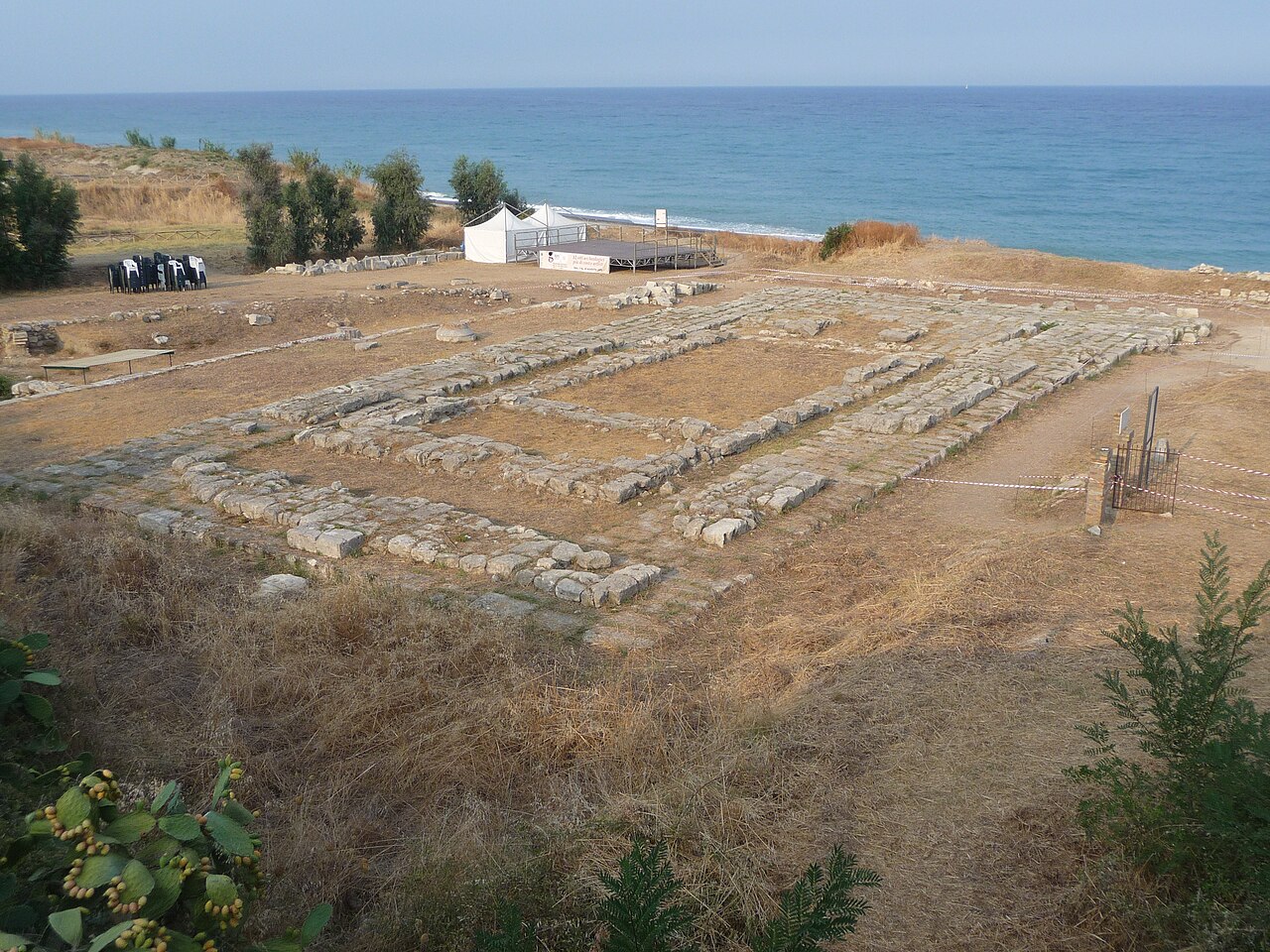
Image Source: Wikimedia Commons
Wandering through Stilo’s narrow streets, I felt centuries of history underfoot. The town that once sheltered Byzantine monks now welcomes travelers looking for a more authentic Italian experience, far from the usual crowds.
The Landscape and Natural Beauty of Southern Italy
The landscape around Stilo really shows off Southern Italy’s rugged beauty. Olive groves and citrus orchards cover the hillsides, creating a patchwork of green against the earth-toned mountains.
Medieval structures seem to blend right into the land, making it tough to tell where human hands end and nature begins. The Mediterranean climate means you can explore pretty much year-round.
I kept stopping to snap photos of the incredible views. The mountainous terrain offers hiking trails with sweeping vistas. Ancient paths once used by hermit monks now work as scenic routes for visitors searching for both spiritual and natural connections.
The Influence of the Ionian Sea
The Ionian Sea sits just a short drive from Stilo, its blue waters visible from the town’s high perch. This closeness to the coast has shaped Stilo’s story for centuries.

Traders, settlers, and invaders all arrived by sea, bringing new influences to Calabria. Byzantine culture flowed inland from the coast, eventually reaching Stilo and shaping its unique identity.
I took day trips to nearby beaches, which felt like the perfect break from exploring the town’s history. The coastal areas have crystal-clear waters and sandy shores, and they stay pretty quiet even in peak season.
The sea breeze drifts up to Stilo, keeping the air pleasant even during the hottest months.
A Glimpse into the Byzantine Era
The Byzantine period left a deep mark on Stilo, turning it from a Greek settlement into a significant religious center. During this era, distinctive architecture, religious practices, and artistic traditions flourished. The unique cultural identity from that time still stands out today.
The Byzantine Empire and Its Legacy
The Byzantine Empire stretched across the Mediterranean for more than a thousand years, with southern Italy—especially Calabria—serving as a key frontier. After Rome fell in 476 CE, the Byzantine Empire kept Greek and Roman culture alive while building its own identity.
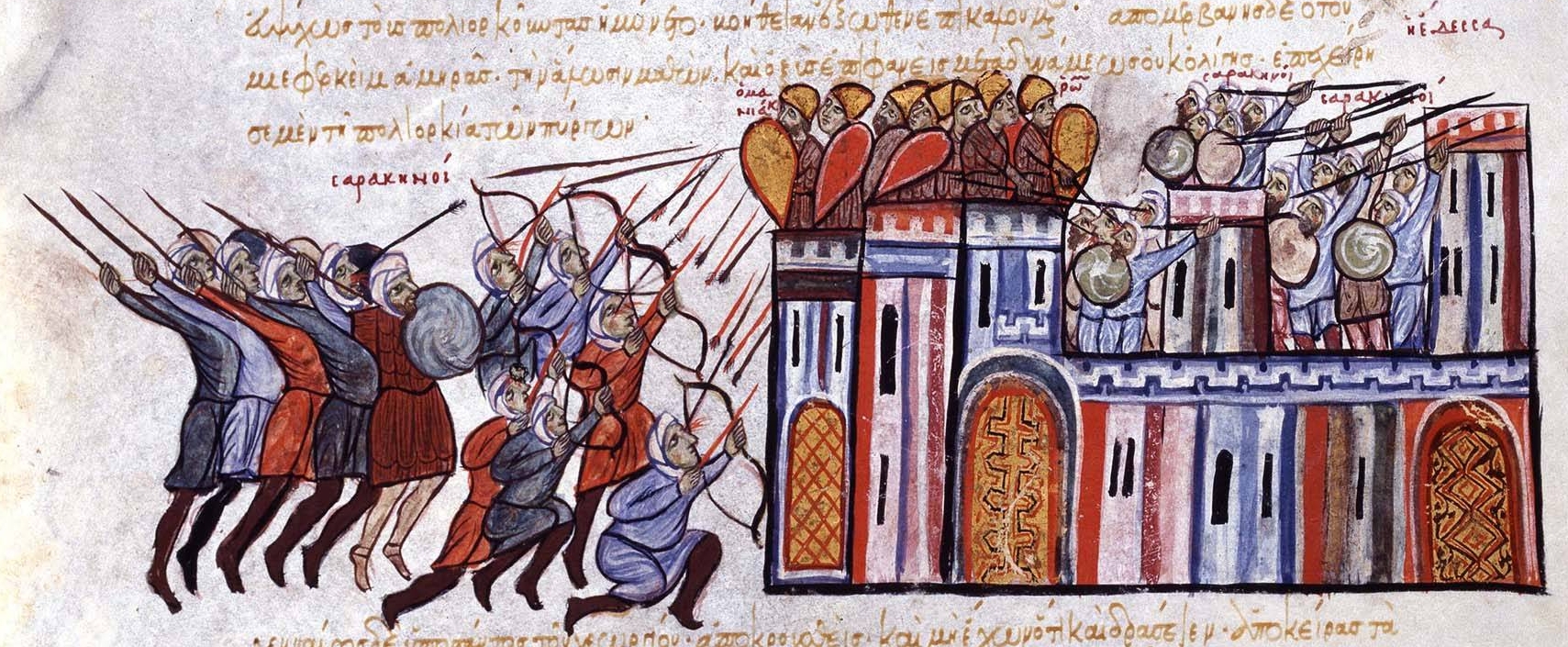
Image Source: Wikimedia Commons
Stilo thrived as a Basilian center back then. The town’s strategic position made it important to Byzantine leaders, who fortified the area. You can still see the Byzantine influence in Stilo’s architecture, especially in religious buildings with their domes and geometric patterns.
Byzantine jewelry and decorative arts also flourished. Craftsmen created elaborate pieces using techniques from Roman times, often working Christian symbols like the cross into their designs.
From Eastern Roman Empire to Byzantine Empire
Back then, people didn’t call it the “Byzantine Empire”—they thought of themselves as Romans. The distinction between Eastern Roman and Byzantine is something historians later came up with to make sense of the changes.
When Constantine the Great moved the capital to Constantinople in 330 CE, that kicked off the eastern shift. Latin slowly faded, Greek became the main language for administration, and eastern influences grew stronger.
In Stilo, you can spot this transition in the buildings. Roman structural elements mix with eastern decorative touches. As I wandered the old streets, I noticed how construction techniques changed over time.
The Byzantine era brought major administrative changes, too. Stilo became part of the Theme of Calabria, a province that mixed military and civilian rule to keep imperial control tight over these distant lands.
The Role of Christianity in Shaping Stilo
Christianity shaped every part of life in Byzantine culture, and nowhere is that clearer than in Stilo. The empire’s religious devotion stands out in the town’s most famous landmark—the Cattolica di Stilo, a 9th-century Byzantine church recognized as a national monument.
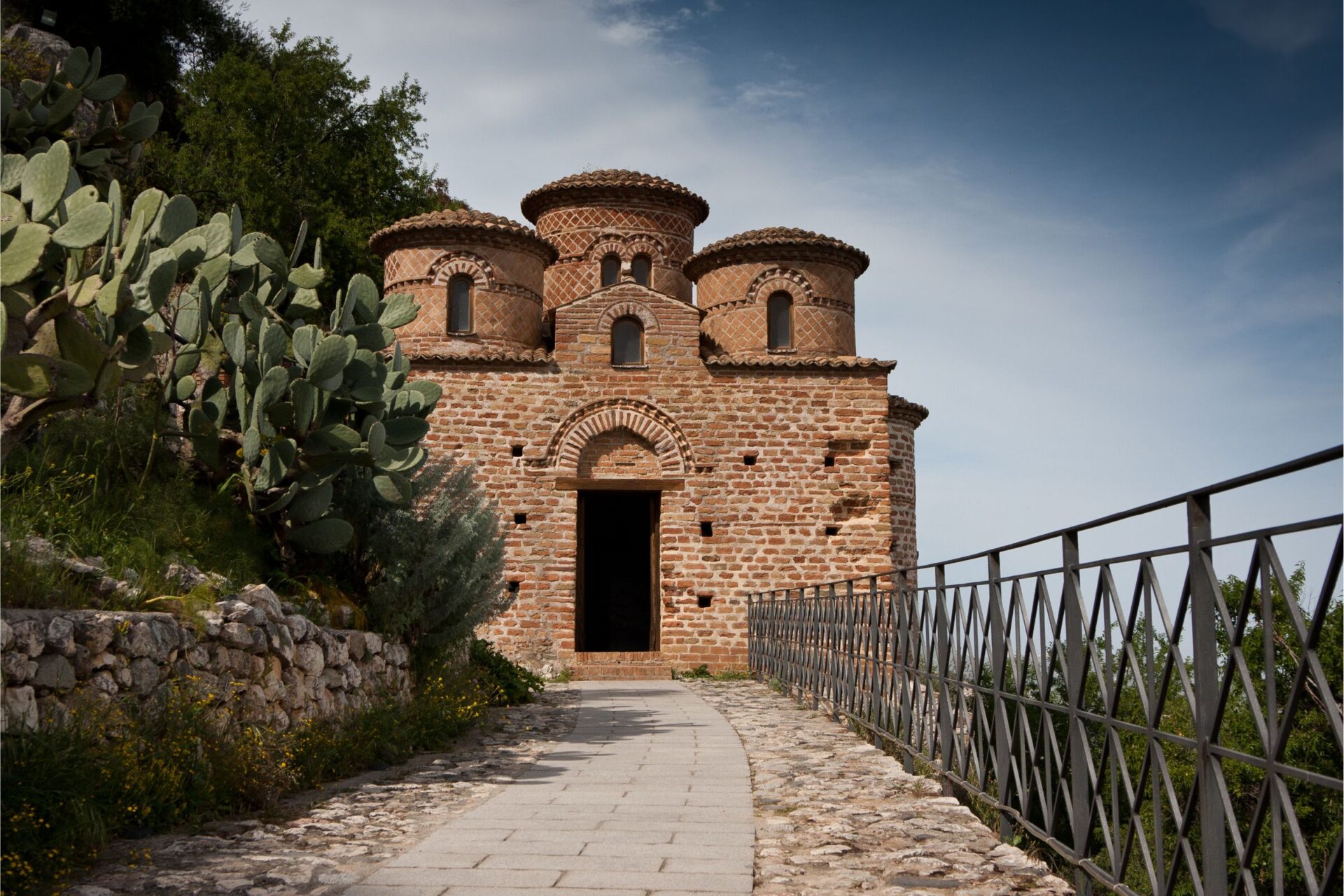
Image Source: Wikimedia Commons
The name “Cattolica” comes from the Greek “katholiki,” meaning universal. When I stepped inside, I was struck by its perfect cross-in-square design and five domes, which represent Christ and the four evangelists.
Basilian monks shaped Stilo’s development during this time. They followed the rule of St. Basil, founding monasteries that became centers for learning, art, and agriculture. These monks kept classical knowledge alive and spread Christianity across the region.
The religious art in these churches shows off classic Byzantine iconography with its formal, spiritual style. Christ often appears as Pantocrator—ruler of all—gazing down from the domes with a serious, commanding presence.
Byzantine Churches and Sacred Artistry
Stilo’s Byzantine monuments reveal a fascinating blend of Eastern and Western Christian traditions. These sacred spaces combine unique architectural features with stunning iconography that has left a mark on religious art for centuries.
Ancient Byzantine Church Architecture
When I arrived in Stilo, La Cattolica immediately drew me in. Built around the 9th century, this small but striking church features a square plan with five domes in a cross pattern—classic Byzantine design.
The church shows off the skill of its builders. Brick and stone form elegant arches and columns, creating a sense of harmony. Some of these elements actually came from older Roman structures.

Inside, the space feels both intimate and endless at the same time. The design pulls your gaze upward toward the domes, symbolizing heaven and creating that transcendent feeling unique to Byzantine worship spaces.
The Iconography of the Virgin and Christ
Byzantine art in Stilo’s churches features powerful images of the Virgin Mary and Christ. These icons aren’t just decoration—they served as windows to the divine for worshippers.
In La Cattolica, faded frescoes still show the Virgin Mary as Theotokos (Mother of God), usually wearing a deep blue veil. Christ appears as Pantocrator (All-Powerful), raising his right hand in blessing.
Artists used a distinctive style—elongated figures, frontal poses, and gold backgrounds—to create an otherworldly vibe. I found it striking how these icons use symbols instead of realism:
- Almond-shaped eyes hint at spiritual vision
- Gold leaf stands for divine light
- Stylized poses put dignity before naturalism

Image Source: Wikimedia Commons
The Legacy of San Vitale and Rossano
Outside Stilo, I checked out other Byzantine gems like the Codex Purpureus in Rossano—a 6th-century illuminated manuscript with purple pages and gold text. This book contains some of the oldest gospel illustrations still around.
The artistic tradition you see in Stilo connects to the wider Mediterranean world. Many features echo the famous mosaics of San Vitale in Ravenna, which use similar techniques and religious themes.
These works still influence religious art today. Modern icon painters often stick to Byzantine conventions set more than a thousand years ago. The bold colors, gold backgrounds, and stylized figures create a visual language that really stands the test of time.
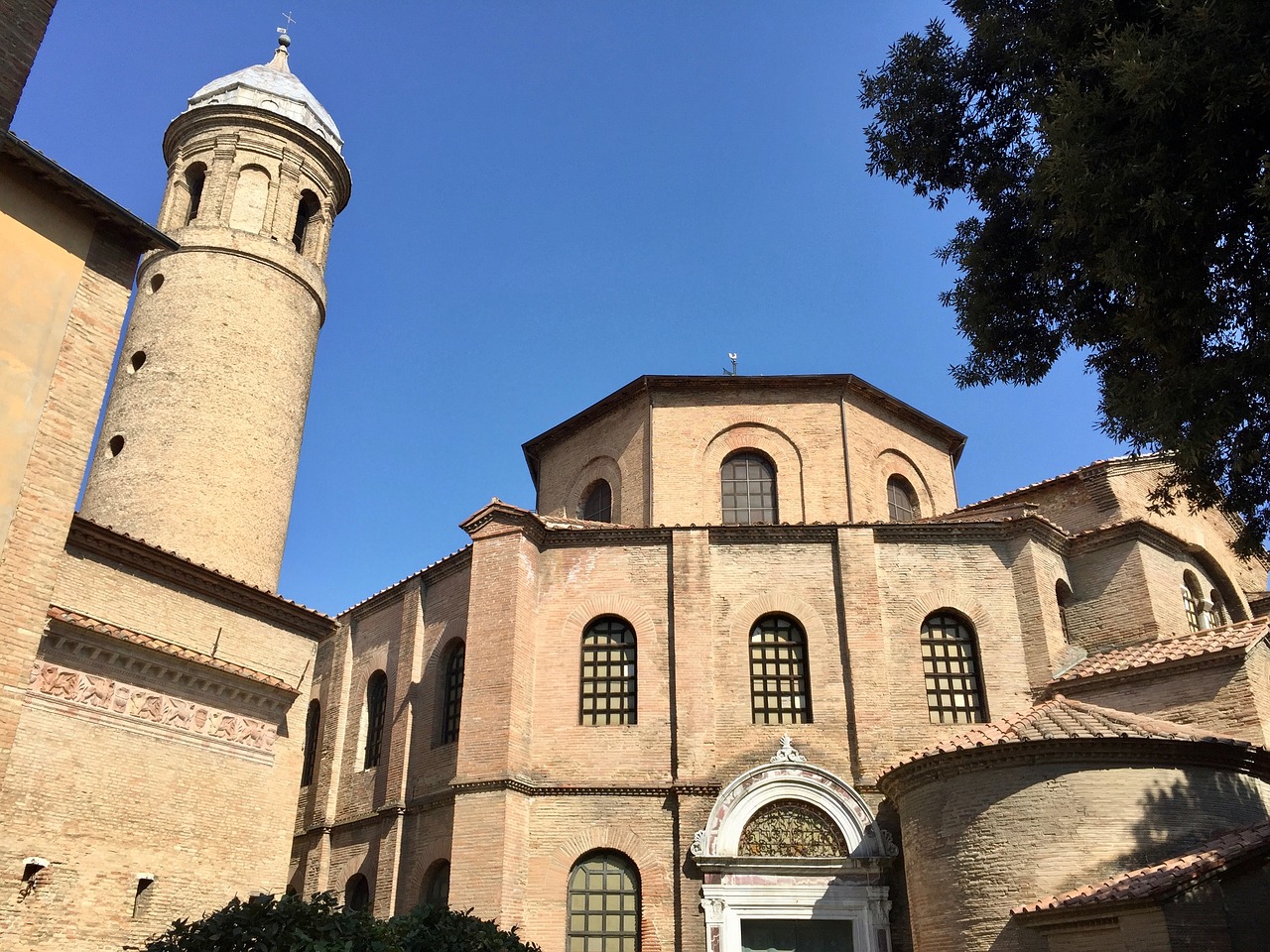
Traveling Through Stilo: Culture, Cuisine, and Adventure
Stilo gives travelers a perfect mix of ancient Byzantine heritage and authentic Calabrian life. When I visited this hillside hamlet, I found myself in a world where history, nature, and flavor all come together in surprising ways.
Hiking Amid Relics and Ruins
The hills around Stilo are made for hiking and offer stunning views. I found several well-marked trails that wind past ancient ruins and Byzantine remnants, so every hike feels like a walk through history.
One trail climbs to panoramic spots overlooking both the Cattolica and the distant Ionian Sea. The contrast between the blue water and green hills makes it a dream for photographers.
In spring, wildflowers cover the landscape, adding a burst of color. I’d recommend sturdy shoes and plenty of water, especially if you’re hiking in summer when it gets hot.
The best times for hiking are April to June or September to October, when the weather is milder. You can hire local guides in the town center if you want more insight into the archaeological sites along the way.
‘Nduja and Other Local Specialties
Calabrian cuisine really shines in Stilo, where traditional flavors rule the table. ‘Nduja, the spicy, spreadable sausage from this region, shows up on almost every menu and brings a fiery kick to lots of dishes.
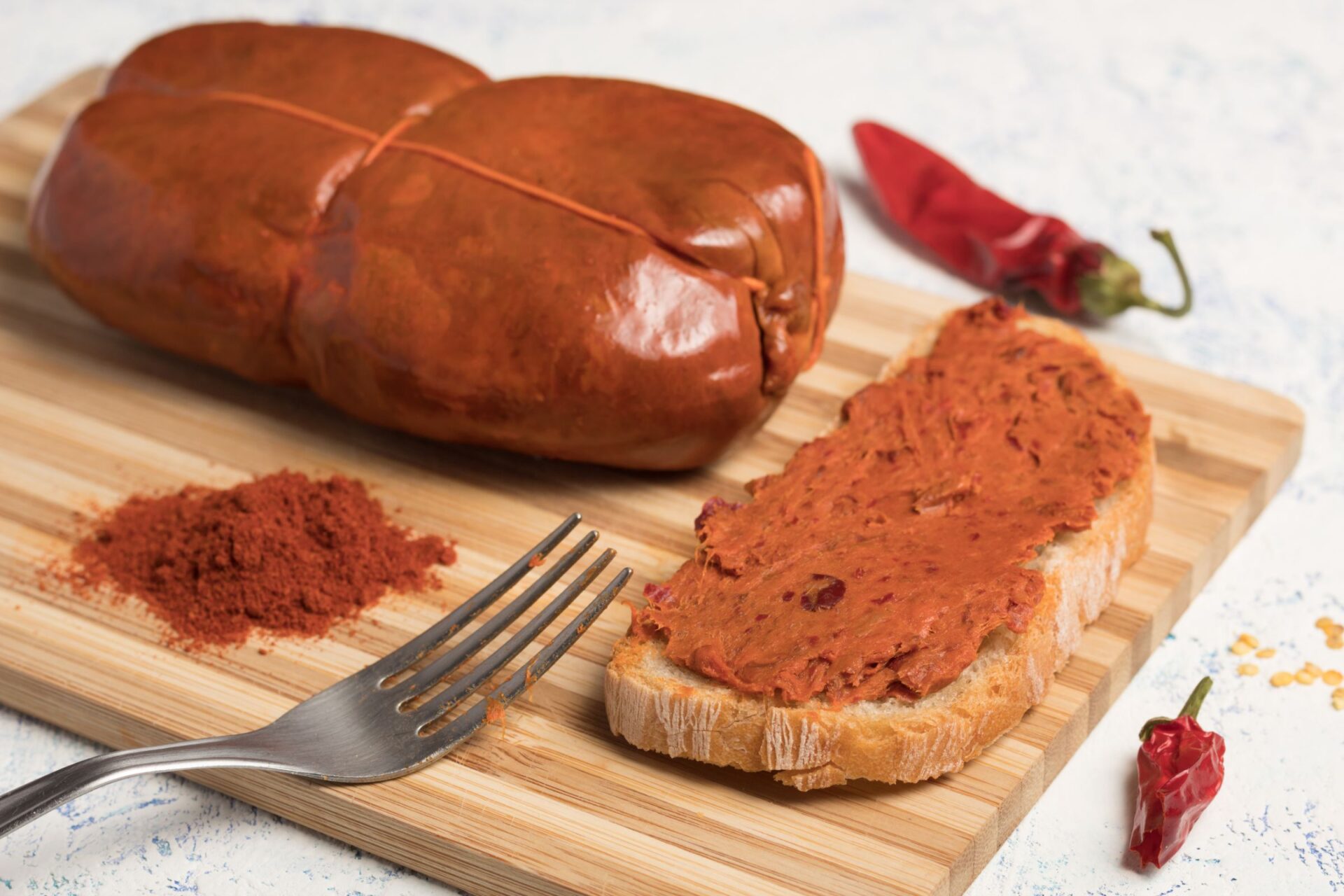
I tried ‘nduja on rustic bread as an appetizer and found it in pasta sauces at family-run trattorias. That combination of heat and flavor is something you won’t forget.
Other local favorites include:
- Fileja pasta with goat ragù
- Bergamot-infused desserts
- Homemade sheep’s milk cheeses
- Fragrant olive oils from nearby groves
Many restaurants offer tasting menus that highlight these regional ingredients. For the full experience, come during local food festivals in summer, when families share recipes that have been passed down for generations.
Exploring Major Cities and Hidden Squares
Stilo centers around cozy squares where locals gather for the evening passeggiata—a relaxed stroll. The main piazza hosts seasonal events and gives you a taste of real Calabrian life.
From Stilo, I took easy day trips to bigger cities like Reggio Calabria, about 90 minutes by car. There, the Riace Bronzes are on display at the National Archaeological Museum.
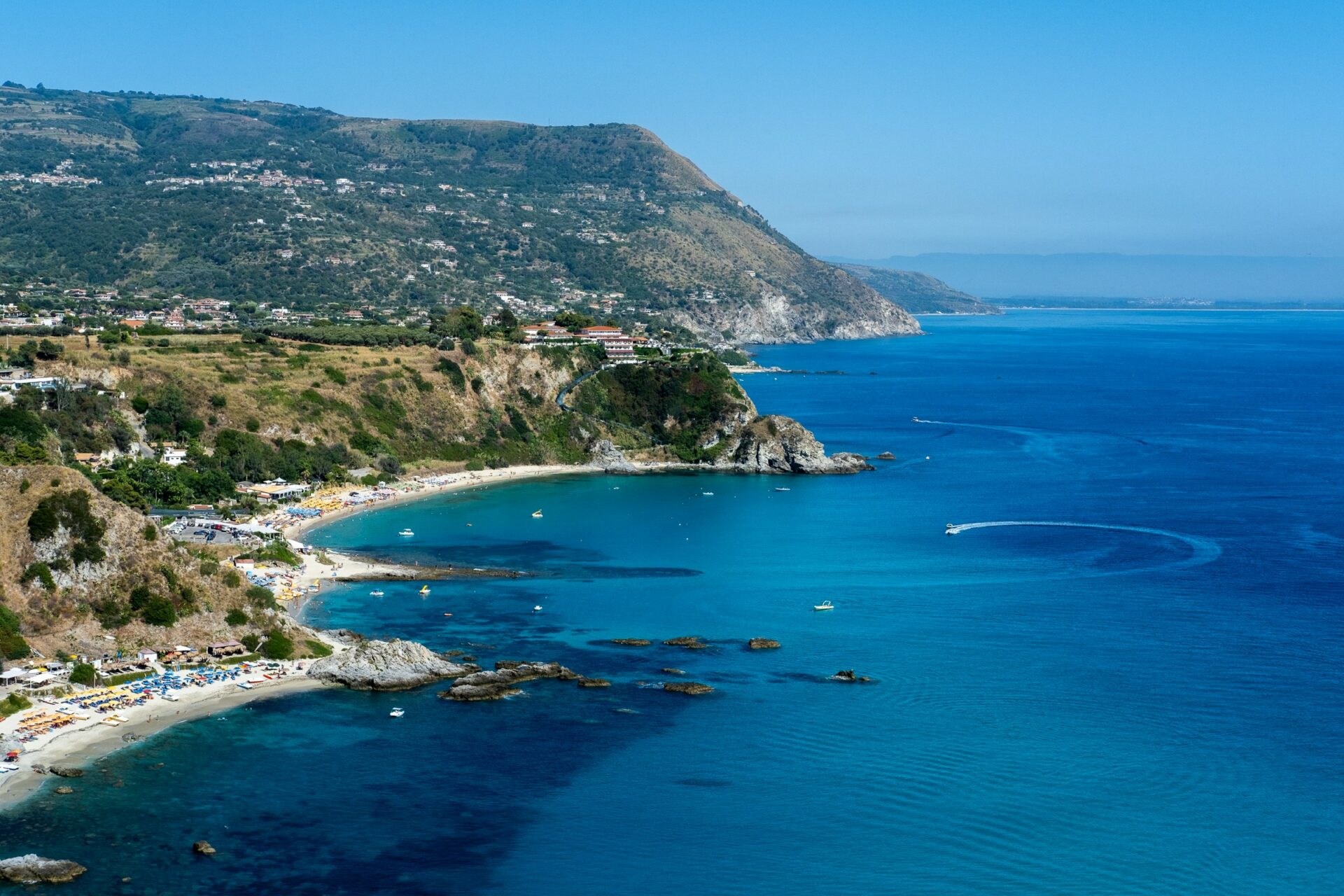
Gerace, just 30 minutes away, has medieval architecture and artisan workshops selling traditional crafts. This walled town, with its Norman cathedral and Byzantine touches, feels frozen in time.
If you’re craving the coast, Soverato offers beautiful beaches and seafood restaurants—a nice contrast to the mountains. In summer, these town squares come alive with music and cultural events that celebrate the region’s rich heritage.
Capturing Stilo: Photography, Videos, and Digital Exploration
With all the tech we have now, you can dive into Stilo’s Byzantine charm without even setting foot there. The town’s wild hillside location and those one-of-a-kind architectural details? Honestly, it’s a photographer’s dream.
Best Spots for Stock Photos and Portraits
If you ask me, the eastern side of La Cattolica di Stilo gets the most captivating morning light for stock photos. When the sun rises, it lights up the brick domes and gives the terracotta walls this warm, almost magical glow.
Professional photographers flock to this spot for those unmistakable Byzantine touches. For portraits, set your subject by the arched windows—honestly, the way the light filters through there? It’s perfect.
These frames create stunning silhouettes and show off the ancient craftsmanship. Up on the hilltop, you’ll catch sweeping views of the church, with the whole town and valley behind it.
I always try to make it for the golden hour. That’s when the light just makes the Byzantine brickwork pop.
360° Panoramic Images and Videos
The courtyard around La Cattolica is honestly the best place to start if you want those immersive 360° panoramic shots. I usually stick my camera or phone on a tripod right here, and it grabs the whole scene—the church, the mountains, the works.
Videographers can use the special viewing platforms nearby. These spots give you clear, wide views, which are just right for time-lapse videos showing how the sunlight moves across the building.
Personally, I love making slow video walks through those tight little streets as you approach the church. It feels like you’re leading anyone watching on a little virtual adventure.
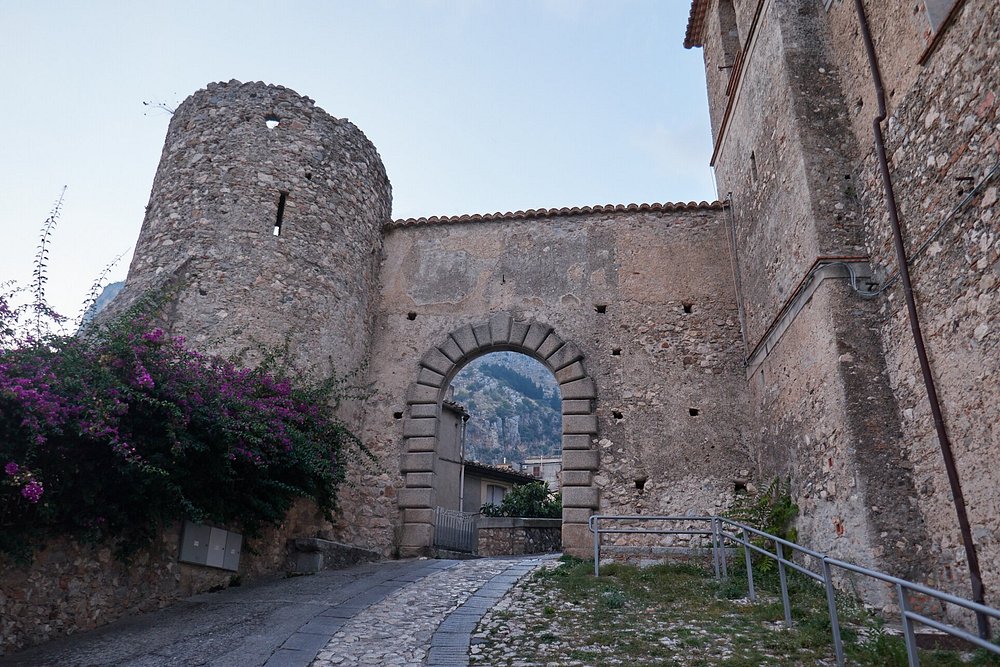
Best times for 360° capture:
– Early morning (7-9am): Crisp light, fewer visitors
– Late afternoon (4-6pm): Warm tones, dramatic shadows
– After rain: Enhanced colors and clarity
Vectors and Digital Resources
Vector artists have drawn a ton of detailed line illustrations showing off La Cattolica’s unique architectural features. I think these resources come in handy for anyone working on educational materials or publications about Byzantine architecture.
I’ve stumbled across a few digital libraries packed with high-res textures of the church’s surface patterns and mosaics. Restoration specialists and digital artists often rely on these to create authentic, Byzantine-inspired pieces.
The local tourism office even put out downloadable 3D models of Stilo’s main monuments. Now, you can explore them virtually from any angle—it’s honestly a game-changer if you’ve ever felt like you missed the small stuff during a quick visit.
Researchers have also documented preservation challenges through time-lapse photography studies. These visual records capture how this Byzantine gem has changed over the years.

